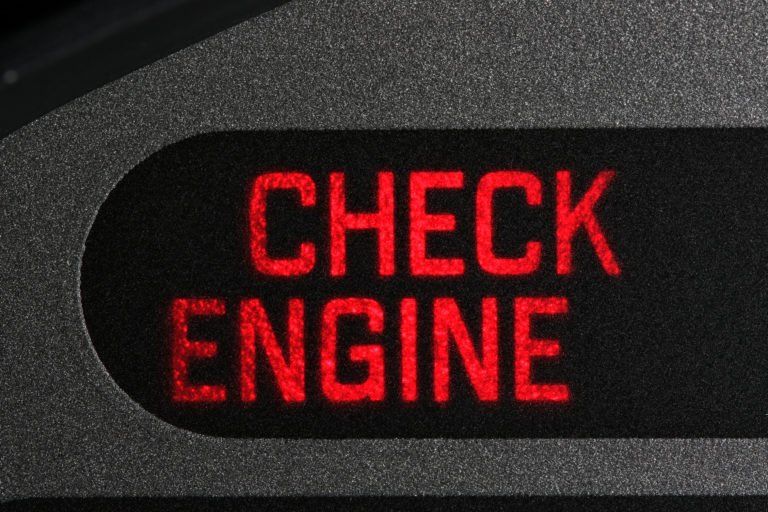Save on oil changes, tires & more — View latest offers & discounts
Check Engine Light
What does a Check Engine Light do?
Vehicle manufacturers don’t make “Check Engine Lights” and other dash warning lights amber and red, blinking or steady and bright for no reason! Generally, check engine lights should be looked at immediately or at least sooner rather than later, especially if there’ is a ‘drivability” issue with the car. “Drivability” refers to the vehicle’s performance being diminished or it’s just running poorly. In those cases, get it in right away. Refer to your owner’s manual for more detailed information. And don’t forget to check out our coupon page for money saving ideas.
Special Offers
View all offers & discountsAt Pride Auto Care, we’ll perform a code check (quick reading) of your Check Engine Light (CEL) for FREE. And if it’s a benign or non-critical light, we’ll reset it for free and get you back on the road. If the light comes back on or a drivability issue develops, bring your car back in for a more thorough diagnostic inspection.

For over 30 years, our veteran ASE-certified Master Techs have been reading and diagnosing check engine lights for virtually every make and model of car and light truck made; and then making the necessary repairs, if needed.
Pride Auto Care has built a solid 30-year reputation on servicing virtually every engine component out there—CEL’s are no exception! We have trained techs using the current scan tools, the latest in diagnostic equipment, current manufacturer’s data, OE (original equipment) specifications, wiring schematics, system diagrams and diagnostic trouble-shooting data available.
Today’s vehicle are essentially computers with wheels. It takes a properly trained technician with the right diagnostics training and ‘diag gear’ to “talk to” (communicate with), properly service and repair today’s extremely technologically advanced cars and trucks.
Oftentimes, the CEL is easy to fix. Other times they can indicate something more serious. But for all the money we have invested in our cars today, NOT having a CEL checked could mean serious problems now or later.
What is a CEL and OBDII?
In 1996, an orange light on your car’s dashboard labeled “Check Engine” or “Service Engine Soon” became standard on all car makes and models. This was the first year of OBDII, or Onboard Diagnostics-2nd generation. An illuminated “Check Engine” or “Service Engine Soon” light indicates a problem was detected by your car’s onboard diagnostic system (OBD) and tells you, and the technician, there’s a problem with your car’s engine, powertrain, or other vehicle systems.
Typical CEL Service for Cars and Light Trucks
- A steady light indicates that something happened outside of system tolerances. The CEL captured that information in the vehicle’s computer system. Best to get it looked at as soon as convenient.
- A flashing light indicates a problem that is currently happening and may require immediate attention, whereas a steady light can be diagnosed at the first convenient opportunity.
- A technician connects a “scan tool” to your car’s onboard diagnostic system to determine the problem.
- Once he or she “sees” or reads what the system is ‘telling’ them, they may need to do further testing and diagnostics to pinpoint the exact cause of the problem. At times, there can be one or more systems indicating ‘out of tolerance” issues that can adversely affect drivability, fuel mileage, safety, driving comfort and even vehicle longevity.
- Once the problem is pinpointed, repairs or servicing can be authorized and then performed to bring the vehicle back to an acceptable operating condition.
- The CEL is then reset.
*see your owner’s manual for your vehicle’s specifics*
Copyright 2014, Car Care CouncilCopyright 2019, Pride Auto Care
Find Your Nearest Location
Convenient locations to serve all your automotive needs
Denver
Kearney Garage
6030 E 23rd Ave
Denver, CO 80207
MON - FRI: 7:00 AM - 6:00 PM
SAT: 7:00 AM - 2:00 PM
